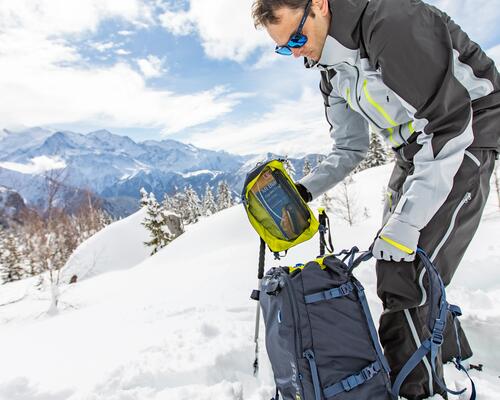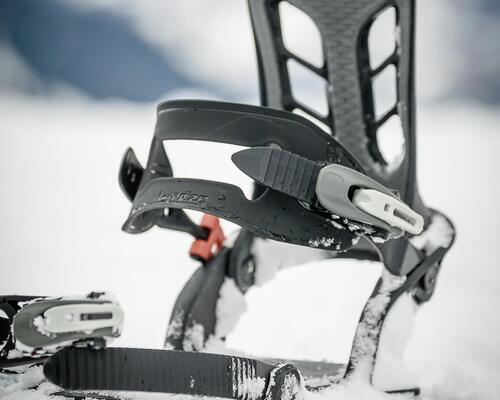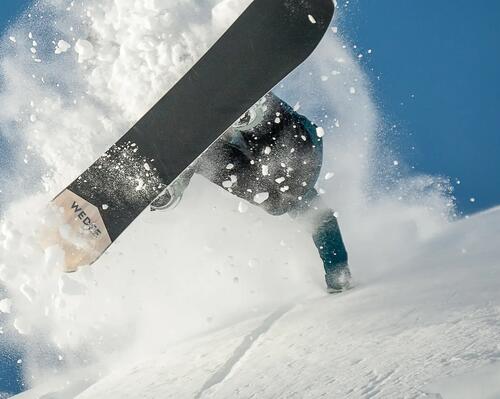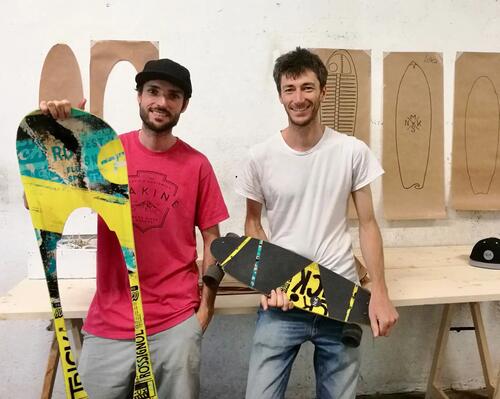What is a splitboard?
Previously, snowboard hiking was a nightmare. Snowboard on your back, climbing on foot with snowshoes or mini approach skis that you have to lug around on your bag for the descent. You really had to be motivated. At that time (thankfully now over), many snowboarders wanting to hike put on touring skis!
Then came the splitboard - literal translation: split board - lets you climb in skis and descend by snowboard. This invention doesn’t stop you sweating on the climb but it has revolutionised snowboard hiking. Practically, the board splits in two (or three or four) by removing the bindings to convert it into skis. Put the bindings on a gear and the seal skins under each ski for the climb, just like ski touring. Once you reach the top, put the two (three or four) parts together with the bindings (back in snow position), clips (heel and tip) and hooks that pull it all together to become a real snowboard. It's quick to do and on the descent there is practically no difference between a splitboard and a so-called “solid” board.
The first splitboard produced dates back to last century, to 1992, and was a Nitro with its own binding system but it was barely finished. It gradually evolved into the early 2000s, particularly with the American brand Voilé that created a standard for bindings. Jeremy Jones then did the sport and its visibility a great service by saying goodbye to his helicopter interests and launching his Jones Snowboards brand in 2011.
When it comes to innovation, the binding/connector systems in particular have made the different by improving comfort, handling and weight. The rise in splitboarding began in earnest at the beginning of the last decade, and last winter without ski lifts saw such a surge in splitboarding that all production stock was sold.
You no longer need to wait for the ski lifts to open to ride as splitboarding extends the season and the enjoyment.

















